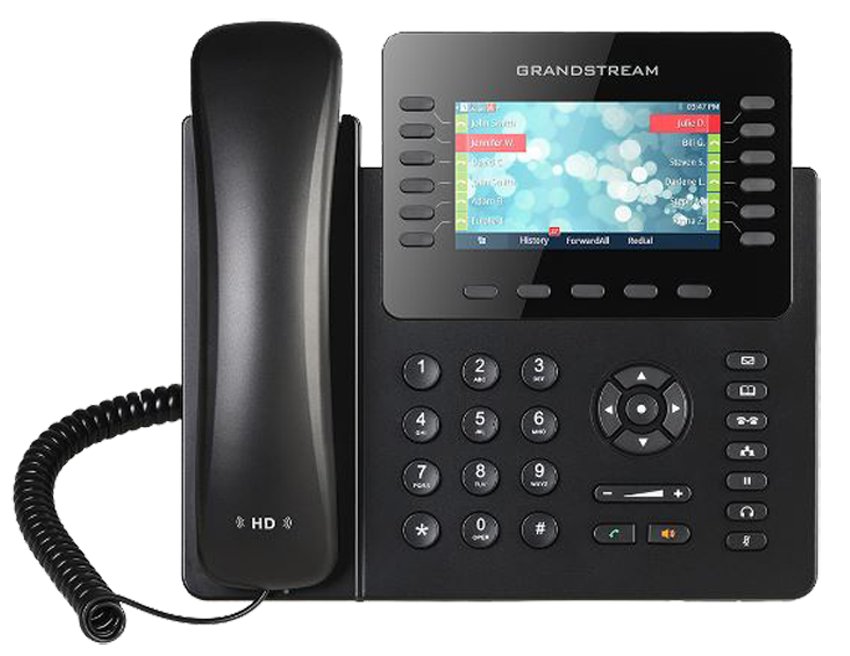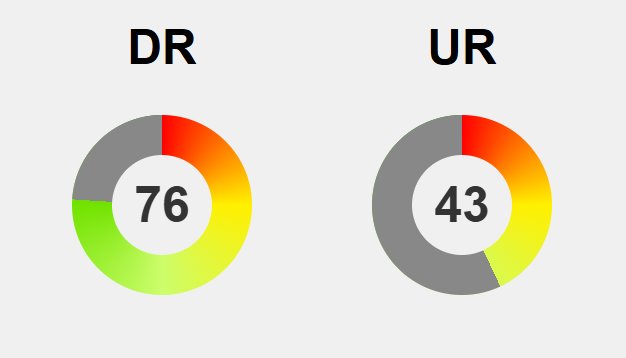Imagine answering a call that appears to be from your bank or a trusted organization, only to realize it could be a cleverly disguised scam. Caller ID spoofing manipulates the information displayed on your phone, fooling even cautious users into believing they’re speaking with legitimate sources. This technology is a double-edged sword—used for genuine privacy protection but also exploited by scammers to mimic trusted institutions and pressure victims into revealing sensitive information or making payments. As spoofing techniques become more sophisticated, understanding how these deceptive calls operate is vital for your safety. Are your current safeguards enough, or are you unknowingly falling prey to digital masquerades? By leveraging modern security features, verifying unexpected calls through official channels, and staying vigilant about red flags, you can outsmart these threats. Protect yourself from this digital deception—because in the world of caller ID spoofing, the line between trust and trickery is perilously thin.
Unmasking Caller ID Spoofing: The Hidden Threat Behind Fake Calls
Caller ID spoofing is a technique that manipulates the information displayed on your phone when someone calls. Instead of showing the real phone number or name associated with the caller, the displayed details can be faked to look familiar, trustworthy, or even official. This makes it possible for a caller to disguise their true identity in real time, creating a convincing illusion that the call is coming from someone you know or a legitimate organization.
This technology isn’t just used by scammers; it can have legitimate applications too, such as businesses wanting to protect customer privacy or organizations using temporary numbers. However, the darker side of spoofing has become more prominent, with scammers often leveraging this tool to deceive. They mimic trusted contacts like banks, government agencies, or well-known companies, hoping to trick you into revealing personal information or making payments. The ease with which caller ID can be manipulated has turned what was once a helpful feature into a potential security risk.
Caller ID spoofing relies on various methods and tools that make deception easier and more convincing. Many scammers use Voice over Internet Protocol (VoIP) systems, which transmit calls over the internet and allow users to set any caller ID they want. This means they can make their number look local or familiar, increasing the chances that you’ll answer. Some attackers exploit vulnerabilities in telecom protocols like SS7, which control call routing across networks, injecting false caller data directly into the system. These techniques have lowered the barrier for deception, enabling even small-scale pranksters and large fraud operations to carry out convincing fake calls.
What makes caller ID spoofing particularly dangerous is how realistic these fakes can be. Scammers often choose caller IDs that look like local numbers or trusted institutions, increasing the likelihood that you’ll pick up. They might display your bank’s number, a government agency, or a well-known business, creating a sense of legitimacy. Some advanced spoofing techniques manipulate call data in real time, making it almost impossible to tell if the caller ID is genuine without specialized tools. This level of deception can fool even cautious users, especially when combined with urgent or alarming messages designed to prompt quick action.
Fake call scams heavily depend on caller ID spoofing to succeed. Fraudsters impersonate officials from banks, government agencies, or tech support, displaying familiar numbers to gain your trust. Once connected, they often try to extract sensitive details or money, claiming your account is compromised or that a loved one is in trouble. They create a sense of urgency, pressuring you to act quickly without verifying the caller’s identity. Because the caller ID appears legitimate, victims are more likely to comply, making caller ID spoofing a key tool in modern scams.
Understanding how spoofing works is crucial to protecting yourself. Recognizing the signs of a suspicious call—such as unexpected urgency, refusal to verify identity, or inconsistent information—can help you stay safe. Always be skeptical of calls that claim to be from official sources if you weren’t expecting them. Instead of sharing personal details immediately, pause and verify through official channels. Calling your bank or government agency directly using a number you find independently is a simple but effective way to confirm legitimacy.
In today’s digital landscape, caller ID spoofing remains a pervasive threat, but awareness is your best defense. By staying informed about the techniques scammers use and adopting a cautious approach—such as screening calls and verifying identities—you can reduce the risk of falling victim. The technology behind spoofing is evolving, but so are the tools to combat it. Ultimately, knowing that your caller ID can be manipulated helps you approach each suspicious call with the right mindset—questioning, verifying, and staying one step ahead of digital deception.
Shield Yourself: Practical Strategies to Combat Caller ID Deception
To protect yourself from caller ID spoofing, start by leveraging the features built into your smartphone. Many devices now come equipped with call screening tools and spam detection options that help identify suspicious calls before you even answer. These features often tap into extensive databases of known scam numbers and use behavioral cues to flag potential threats. Turning these options on is simple and can drastically cut down on unwanted or malicious calls, giving you more control over what rings through.
In addition to your phone’s native protections, third-party call blocking apps can offer an extra layer of security. Apps like Nomorobo, Truecaller, and RoboKiller specialize in detecting and blocking scam calls, including those employing caller ID spoofing. They constantly update their databases with new scam numbers and use sophisticated algorithms to identify unusual calling patterns. Many of these apps also display caller ID information for unknown numbers, helping you decide whether to pick up or ignore. Installing and configuring these tools can be a game-changer in filtering out deception before it reaches you.
When you receive a call from an unfamiliar or suspicious number, resist the instinct to answer immediately. Instead, listen carefully but avoid sharing any personal or financial details during that initial contact. Scammers often create a sense of urgency—claiming your bank account is compromised or a loved one is in trouble—to pressure quick responses. If something feels off, hang up and verify the caller’s identity through official channels. Use verified contact numbers from your bank, government agencies, or service providers to confirm whether the call was legitimate.
Develop a habit of verifying unexpected calls, especially if they claim to represent official organizations. If a caller states they are from your bank or a government agency, politely ask for their name and a callback number. Then, independently find the organization’s official contact information and reach out to confirm the call’s authenticity. This simple step can prevent falling for spoofed numbers that appear trustworthy but are fake. Remember, scammers often manipulate caller ID to mimic familiar sources, making verification an essential safeguard.
Stay informed about common tactics scammers use and recognize red flags during calls. Be cautious if a caller pressures you into immediate action, threatens legal consequences, or requests sensitive information unexpectedly. Inconsistent caller IDs or refusal to provide verifiable contact details are strong warning signs. Sharing this awareness with friends and family helps create a community of vigilance, reducing the chance others will become victims. The more you understand about how these scams operate, the better you’ll be at spotting and avoiding them.
Network-level protections are also advancing. Standards like STIR/SHAKEN attach cryptographic signatures to calls, allowing telecom providers to verify whether a call genuinely originates from the claimed source. While widespread adoption is still underway, supporting these technologies can significantly reduce spoofing. Contact your service provider to ask whether they support call authentication standards and consider switching to providers that prioritize these protections. Combining network safeguards with personal vigilance creates a stronger defense against digital call deception.
Regularly review your call blocking settings and update your blocked list as needed. If you notice recurring scam calls from certain regions or numbers, add them to your block list. Many providers offer real-time alerts about suspicious activity, which can help you stay ahead of evolving scam tactics. Keeping your defenses current ensures that your phone line remains clear of fake or malicious calls without requiring constant manual intervention. This proactive approach minimizes the risk of falling prey to new and emerging spoofing schemes.
Finally, remember that no single method offers complete protection. Combating caller ID spoofing requires a combination of smart habits, technological tools, and ongoing awareness. Never rely solely on what your caller ID shows—scammers can manipulate it easily. Instead, verify identities through trusted sources, use available security features, and stay informed about the latest tactics. By staying vigilant and proactive, you’ll significantly reduce your chances of being duped by digital masquerades and keep your personal information safe. Protecting yourself from spoofing is an ongoing process, but with the right approach, it’s entirely manageable.






